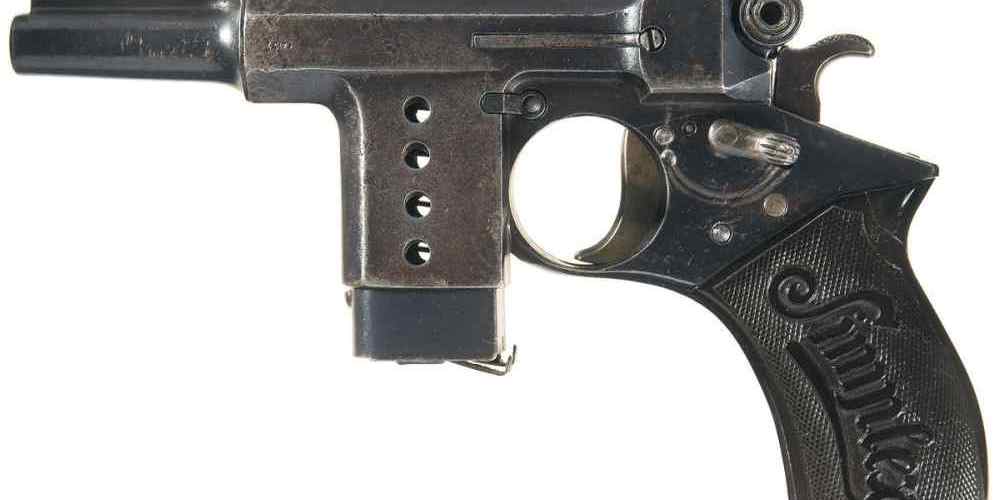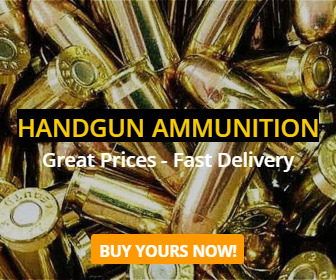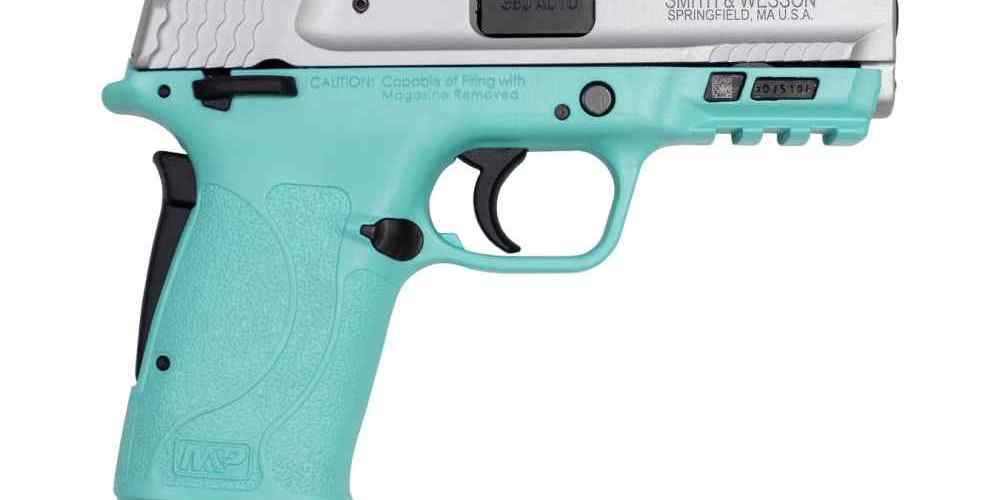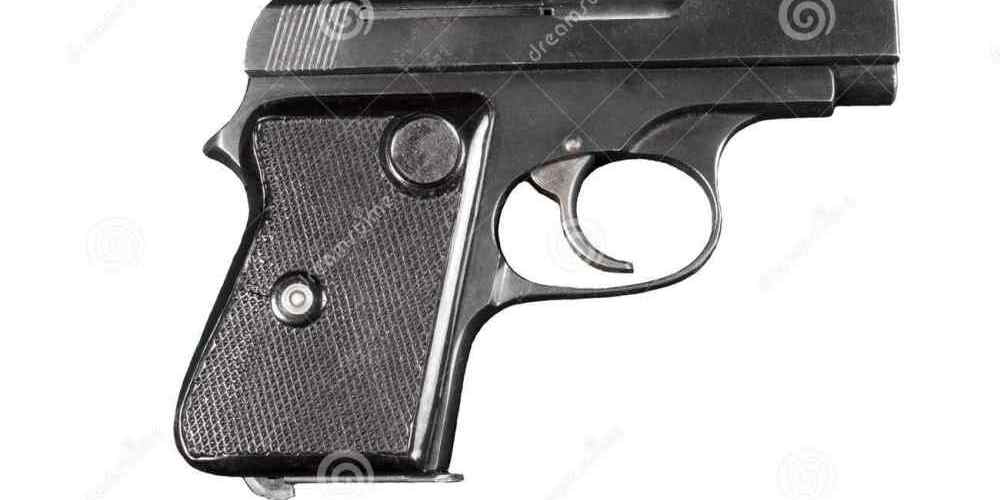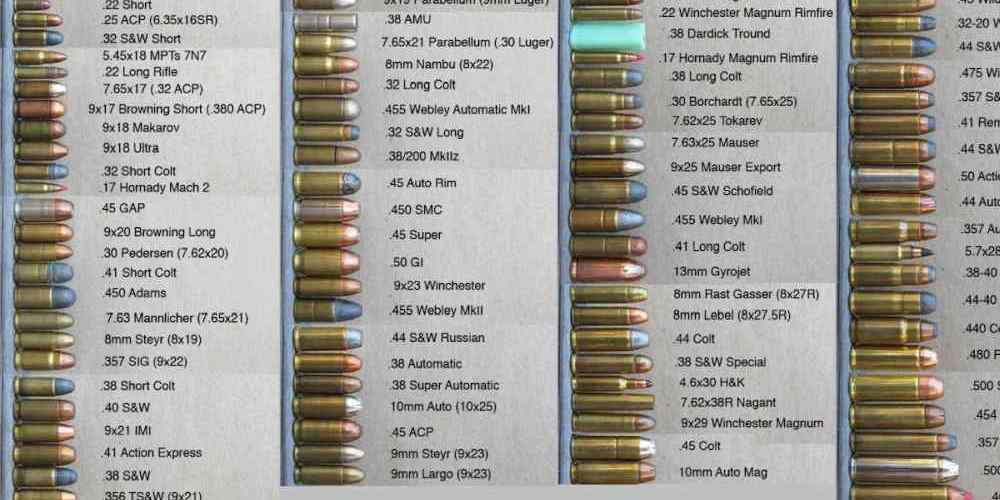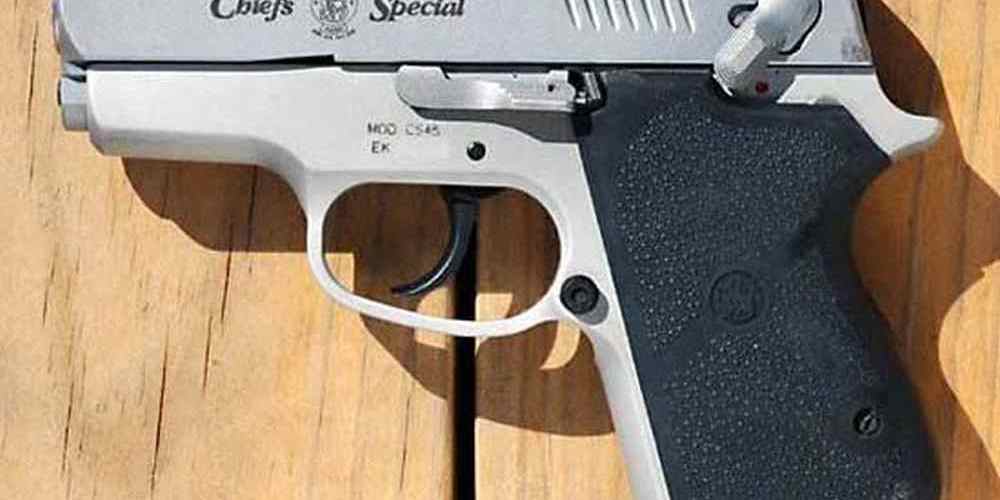How Different Powders Affect Semi-Auto Pistol Performance
Semi-automatic pistols are popular firearms used for self-defense, target shooting, and competition. These handguns rely on the energy generated by the combustion of gunpowder to cycle the action, eject the spent cartridge, and chamber a new round. The type of powder used in ammunition can have a significant impact on the performance of a semi-auto pistol. In this article, we will explore how different powders affect semi-auto pistol performance and what shooters should consider when selecting ammunition.
Understanding Powder Types
There are two main types of gunpowder used in pistol ammunition: smokeless powder and black powder. Smokeless powder is the most common type used today due to its cleaner burn, higher energy density, and more consistent performance. Black powder, on the other hand, is an older form of gunpowder that produces more smoke and fouling but can be used in certain applications.
Smokeless Powder
Smokeless powder is a type of propellant that burns rapidly and cleanly when ignited. It is typically made from nitrocellulose, nitroglycerin, and other additives to control burn rate and energy output. Smokeless powder comes in various formulations, each designed for specific calibers and applications.
Black Powder
Black powder is a traditional propellant made from potassium nitrate (saltpeter), charcoal, and sulfur. It burns more slowly than smokeless powder and produces a large amount of smoke and fouling residue. Black powder is commonly used in muzzleloading firearms but can also be found in certain specialty cartridges.
Effects of Powder Choice on Pistol Performance
The choice of powder can have several effects on the performance of a semi-auto pistol, including:
- Velocity: The type of powder used can affect the velocity at which the bullet exits the barrel. Faster-burning powders typically produce higher velocities, while slower-burning powders may result in lower velocities.
- Pressure: Different powders generate varying amounts of pressure within the cartridge when ignited. Excessive pressure can lead to malfunctions or damage to the firearm.
- Recoil: The amount of recoil felt by the shooter can be influenced by the type of powder used. Lighter loads with faster-burning powders may produce less felt recoil compared to heavier loads with slower-burning powders.
- Cleanliness: Smokeless powders are known for their clean burn characteristics, leaving less fouling in the barrel and action of the pistol. Black powder, on the other hand, produces more residue that requires frequent cleaning.
Case Study: 9mm Luger Ammunition
To illustrate how different powders can affect pistol performance, let’s examine two common types of 9mm Luger ammunition:
- Ammunition A: Uses a fast-burning smokeless powder designed for target shooting competitions. This load produces relatively low recoil and consistent velocities for accurate shooting.
- Ammunition B: Utilizes a slow-burning smokeless powder intended for self-defense purposes. This load delivers higher velocities for increased terminal ballistics but generates more felt recoil.
In this case study, shooters can choose between Ammunition A for precise target shooting or Ammunition B for enhanced stopping power in defensive scenarios. The selection of powder plays a crucial role in determining the performance characteristics of each load.
Considerations for Choosing Pistol Ammunition
When selecting ammunition for a semi-auto pistol, shooters should consider several factors related to powder choice:
- Purpose: Determine whether the ammunition will be used for target shooting, self-defense, competition, or hunting. Different powders are tailored to specific applications.
- Firing Characteristics: Consider your preferences for recoil management, muzzle flash, and overall shooting experience when evaluating different loads.
- Frequency of Cleaning: If you prefer minimal maintenance requirements, opt for ammunition with cleaner-burning powders that leave less residue behind.
- Ammunition Availability: Some powders may be more readily available than others due to production capacity or market demand. Choose ammunition with powders that are easy to source.
Conclusion
In conclusion, the type of powder used in semi-auto pistol ammunition has a direct impact on performance characteristics such as velocity, pressure, recoil, and cleanliness. Shooters should carefully consider their intended use case and preferences when selecting ammunition with specific powders. Whether it’s fast-burning smokeless powder for target shooting or slow-burning smokeless powder for self-defense purposes, understanding how different powders affect pistol performance is essential for optimizing shooting experience and achieving desired results.
